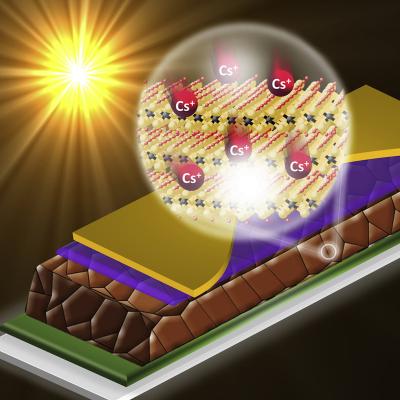Researchers use Cesium-doped Ti3C2Tx MXene for efficient and thermally stable perovskite solar cells
Researchers from The University of Queensland, EPFL, Griffith University and NIMS have studied how doping can help in overcoming some of perovskite solar cells' drawbacks. The researchers found that the efficiency and thermal stability of the doped cells significantly outperformed those that were not doped.
“The PSCs that had doped cells showed a remarkable solar conversion efficiency that exceeded 21 per cent,†the team reported.



